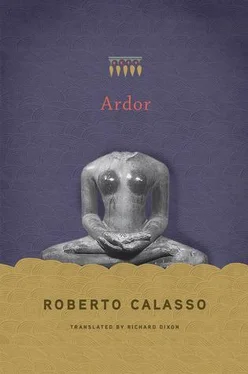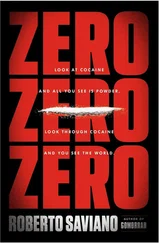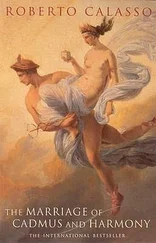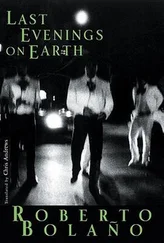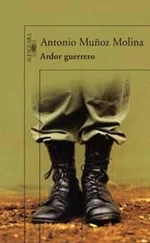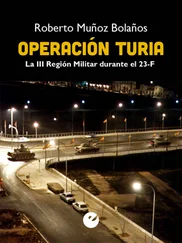When the sin is deliberate, the simple sacrifice of an animal — of greater or lesser size and strength depending on who has committed the sin — will no longer be applicable. Then the line is crossed between sacrifice and sentence of death. An obscure point on which a story, the cruelest and most eloquent in Numbers, casts light: “While the children of Israel were in the wilderness, they found a man gathering sticks on the Sabbath day. And they who found him gathering sticks brought him to Moses and Aaron, and to all the community. And they placed him under guard, because it had not yet been decided what should be done to him. Then Yahweh said to Moses: ‘The man should surely be put to death: all the community should stone him with stones outside the camp!’ And all the community brought him outside the camp, and stoned him with stones, and he died; as Yahweh had commanded Moses.”
This unknown man who dared to gather sticks on the Sabbath marks the dividing line between the sacrificial system and the judicial system. An unclear and ill-defined dividing line that certainly doesn’t suggest we are entering a more enlightened and evolved field. It is, indeed, as if the sentence carried out by the community has not removed us from the realms of sacrifice but, on the contrary, has taken us to its harshest and most unfathomable inner core. The episode stands in abrupt isolation, not least because we find it at a juncture between two passages in which Yahweh speaks to Moses — the first of these dealing with the various types of sacrifice required of the children of Israel (sacrifice of the first crop, holocausts of atonement, insufficiency of the atonement sacrifice for anyone who sins “with his hand raised”), and the second dedicated to the “fringes on the border of garments,” always containing “a band of purple color,” that the children of Israel shall carry for all future generations, in remembrance of the commandments of Yahweh. Between these two fundamental discourses, the text of Numbers suddenly stops to record something that once happened in the life of the children of Israel. A man is found gathering sticks on the Sabbath day. The people do not know what to do with him. What follows is through the direct intervention of Yahweh. And it would be difficult to put it in a more conspicuous place. The commandments that Yahweh had just given on particular sacrifices were, it seems, insufficient to cover every eventuality. There were cases where the children of Israel didn’t know what to do. And then Yahweh speaks once again, before Moses asks for his instructions. The story offers an example of what could and should happen when people don’t know how to decide for themselves. Divine law clearly cannot cover every eventuality. So Yahweh intervenes and decides the fate of the wood gatherer: “The man should surely be put to death.” It is also stated where and how he is to die: extra castra , “outside the camp,” as would happen one day for Jesus.
* * *
The rules set out in Leviticus and Numbers lack the scrupulousness, the tireless urge to classify, the metaphysical nitpicking that distinguish the Brāhmaṇas. Even in the single category of atonement sacrifices, the terms overlap and get muddled together so that their area of application cannot be clearly defined. Scholars struggle diligently, without much success, trying to distinguish haṭṭa’t from asham. Is one perhaps the “sin sacrifice” and the other the “reparation sacrifice”? But there are cases where their meanings seem to be reversed and the differences are lost. There is only one fixed point that is emphasized each time: the blood. What to do with the blood. In the haṭṭa’t , “if the sacrifice is offered for the high priest or for all the people … having gathered the blood, the officiant enters the Holy Place, and seven times makes a sprinkling before the veil which shuts off the Holy of Holies, then he rubs with blood the horns of the altar of perfumes which is before the veil, and finally he pours the rest at the foot of the altar of holocausts. These are the only bloody sacrifices where something of the victim is introduced inside the Temple.” This last sentence is like a brief pause in Fr. Roland de Vaux’s detailed list of what happens with the blood in the various rites called haṭṭa’t and asham. For this seems to be the real distinction: where and how the blood is poured and smeared.
Here a high doctrine of slaughtering was being described. It is impossible to ignore or omit what happened to the blood. It is impossible to forget the words of Yahweh to Noah and then one day to Moses: “For the life of the flesh is in the blood: and I have given it to you upon the altar to make an atonement for your souls: for it is the blood that makes an atonement for the soul.” Salvation, or even just the readjustment of the continually fraught relationship with Yahweh, comes from blood. And they are inconceivable without blood.
The Jews discovered how blood was essential to their salvation on the night when Yahweh passed over those houses whose doorposts were smeared with blood, as he proceeded to exterminate all the firstborn in Egypt, men and beasts. That was the historical — and therefore the only — Passover. Before that, it had been a festival for seminomadic shepherds, repeated every year on the first full moon of spring. Then, too, the blood of slain animals had been smeared on doorposts and lintels. But, at that time, nobody could know that this blood would mean salvation — and farewell to Egypt. It was believed to protect homes from the masḥhit , the Destroyer, the evil power that was always lying in wait. Then came history — the sacred history that absorbs within itself the overwhelming plurality of stories — and that recurring feast became one single night, at one single moment of history. From a recurrence it became a memory. Every father, from then on, eating unleavened bread, could tell his son: “This is done because of that which the Lord did unto me when I went out of Egypt.” The feast that was repeated every year, when the full moon rose in the month of Nisan, was transformed all of a sudden into one single night, which became part of the life of every father and was told to his firstborn son, saved by the blood smeared on the doorposts of his house, long ago.

The idea that the web of correspondences constitutes a foundational element in a society was recognized and accepted in the most rigorous academic circles at the beginning of the twentieth century, with the essay by Émile Durkheim and Marcel Mauss, “De quelques formes primitives de classification” (1903). But a confusion immediately began that reflected the two-headed nature of that paper, the result of a collaboration between a born analogist (Mauss) and a born determinist (Durkheim), related through family ties (Mauss was Durkheim’s nephew). That was the beginning of the tendency to affirm that first came society and then correspondences. Which were therefore determined by the social structure. The realm of analogy was certainly recognized, but was considered as a consequence of the main cause, which was society itself. And so it came about that the most formidable investigator and identifier of correspondences — Marcel Granet, who followed in the tracks of Mauss — could declare on several occasions, almost as if to close the matter, that there was no doubt that every form of thought was dependent on and subject to the structure of society.
It was, in fact, a vicious cycle that could never be resolved: correspondences presuppose society, but society presupposes correspondences. Thought and society are fashioned and shaped insofar as (and thanks to the fact that) they are each based on the other.
Читать дальше
